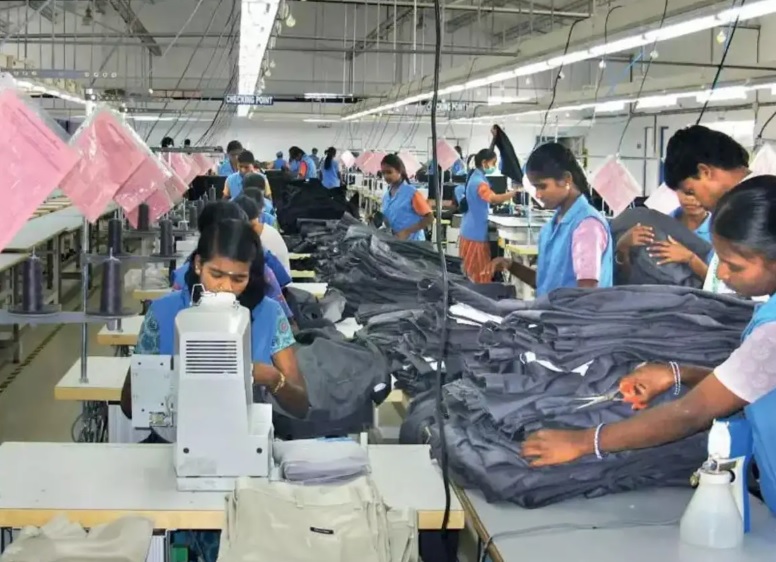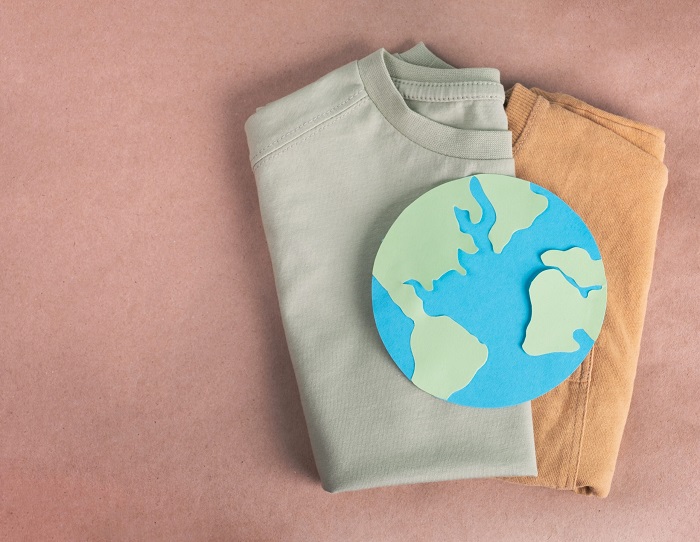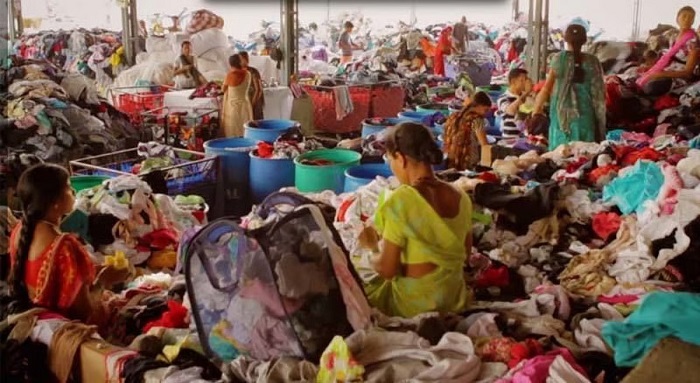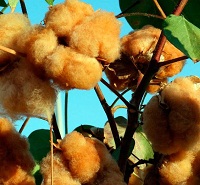 Although colored cotton is not new to India, the Indian Council for Agricultural Research (ICAR) through its All India Coordinated Research Project (AICRP) on Cotton plans to commercially release colored cotton by 2021.
Although colored cotton is not new to India, the Indian Council for Agricultural Research (ICAR) through its All India Coordinated Research Project (AICRP) on Cotton plans to commercially release colored cotton by 2021.
Five colored cotton lines on the anvil
Under AICRP, ICAR will release four to five colored cotton lines. These have been evaluated for abiotic/biotic stress, diseases, water requirement, stability, color and yield. On an average, they will yield 10 to 15 quintals of colored cotton a hectare. The fiber strength of this cotton has been tested by the Central Institute for Research on Cotton Technology (CIRCOT), Mumbai.
AIRCP will cultivate colored cotton in areas having independent ginning and processing facilities. Each universities engaged in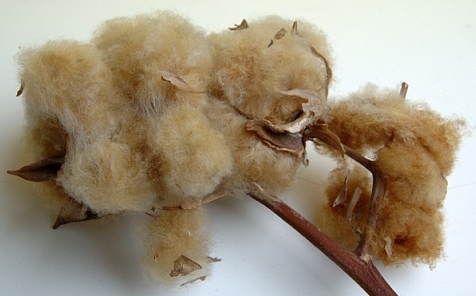 this project will collaborate with farmers or processing units for cultivation, weaving and manufacturing.
this project will collaborate with farmers or processing units for cultivation, weaving and manufacturing.
No stranger to colored cotton
India currently has about 40 colored genotypes of upland cotton (G hirsutum), mostly of various shades of brown and green colour in the National Gene Bank of Cotton maintained at the Central Institute for Cotton Research (CICR) Nagpur. The country is not a stranger to colored cotton and grows naturally-colored dark brown cotton in Bengal, yellow-green in the Garo Hills, and light pink in peninsular India. Its local cotton grown in Gollaprolu region of Andhra is light pink in color, and is known as yerra pathi (red cotton).
CICR released three colored cotton varieties – Cocanda and two Red Northerns – for commercial cultivation in Andhra Pradesh in the mid-1900s. However, work was discontinued due to low yield and poor fiber properties. Since 1990s, colored cotton once again regained focus with 10 agricultural universities in south and central India researching it. These universities use materials from ICAR-CICR and grade their colors from green to dark brown.
As per Rajesh Patil, Principal Scientist, University of Agricultural Sciences, at the forefront of AICRP trails are brown cotton lines from UAS. AICRP also proposes to release one of its varieties, DDCC in 2021.
New wild cotton species launched
The nine other color genotypes from UAS Dharwad are also performing well, adds Patil. He credits Manjula Maralappanavar, Senior Breeder, UAS for this success. Maralappanavar has not only published papers on her research but also developed DMB-225, a medium brown variety in 2013, along with three other varieties and also worked on DDCC-1.
Vinita Gotmare, Principal Scientist, ICAR-CICR Nagpur is currently engaged in the conservation of the hardy and resistant wild species of cotton. She has launched two wild species of cotton, namely; G. raimondii and G.thurberi, were introgressed with G. hirsutum and G.barbadense.
Brown cotton more stable than green variety
Brown cotton is known to be more stable than green genotypes which fade away on being exposed to the sun, says Gotmare. Vaidehi 95 has good yield levels and strong fiber properties and is pest-resistant. Lint obtained from Vaidehi 95 has been sent to Gopuri ashram at Wardha to handspin and weave cloth. The testing of machine spinning of this cotton is done by CIRCOT Mumbai.
Of late, scientists have been stalling attempts to go ahead with this project on fear of colored cotton being contaminated. However, scientists like KR Kranthi, Former Director, CICR terms this theory baseless as production of cotton seed in India is regulated. Also, the physical contamination of white cotton with colored cotton can easily be prevented. Over 90 per cent seeds are produced by private companies in isolated farms while the remaining are grown in seed farms that stringently follow government guidelines.
Government boosts colored cotton cultivation
To prevent this, the Central government is finalizing a pilot-project on colored cotton involving agricultural universities, cotton research and textile bodies, farmers and the Khadi and Village Industries Commission (KVIC), National Textile Corporation (NTC) and the Federations of Textile Industry and Farmers’ Co-operative Societies. The project may boost the cultivation and release of colored cotton in India.

